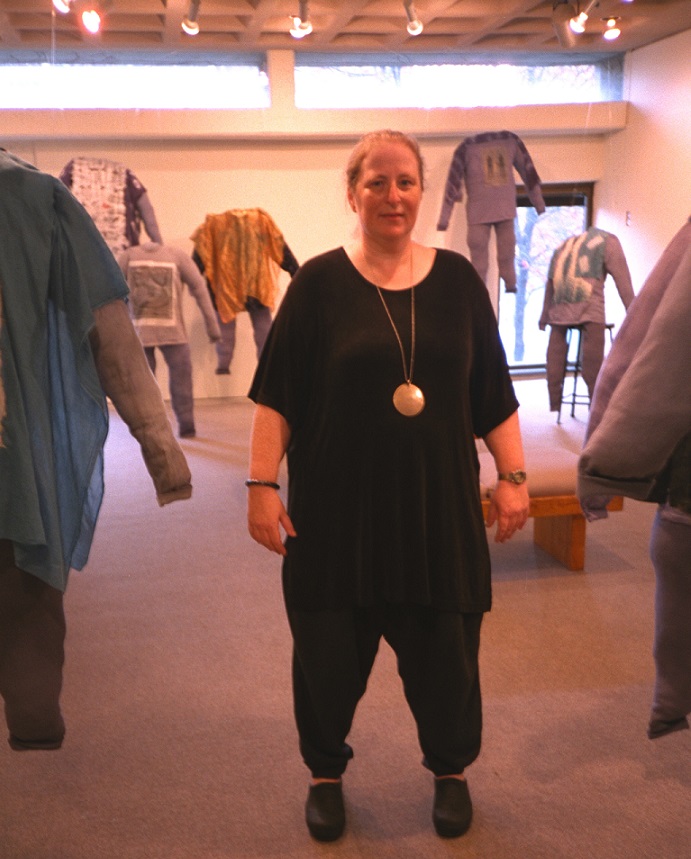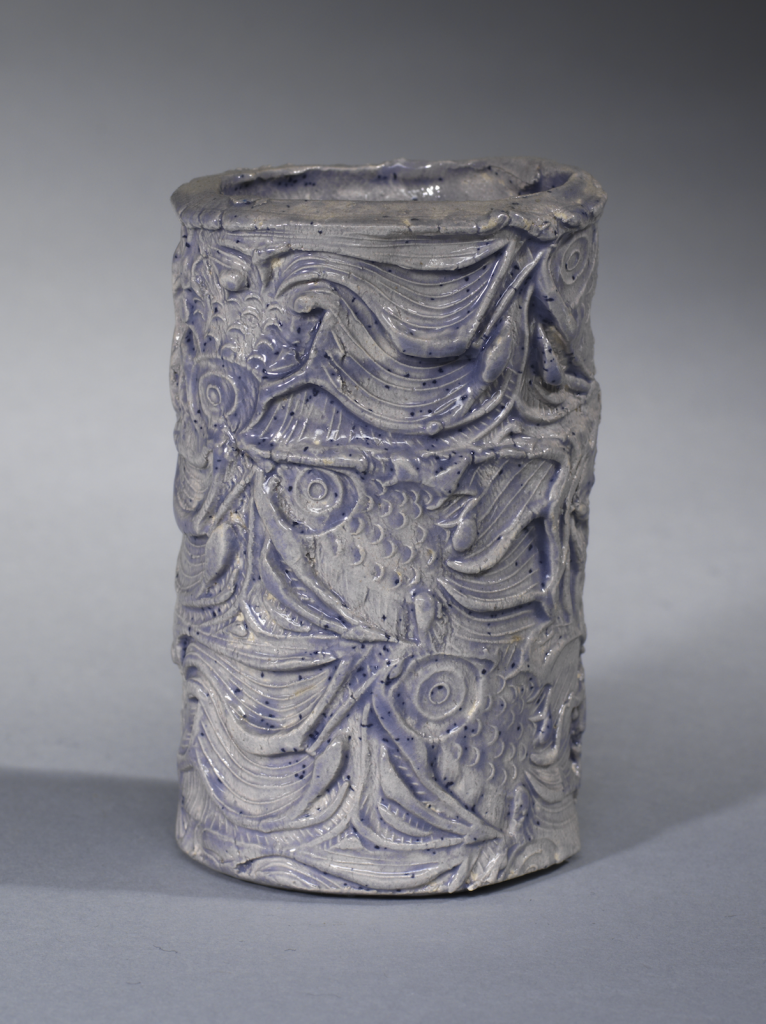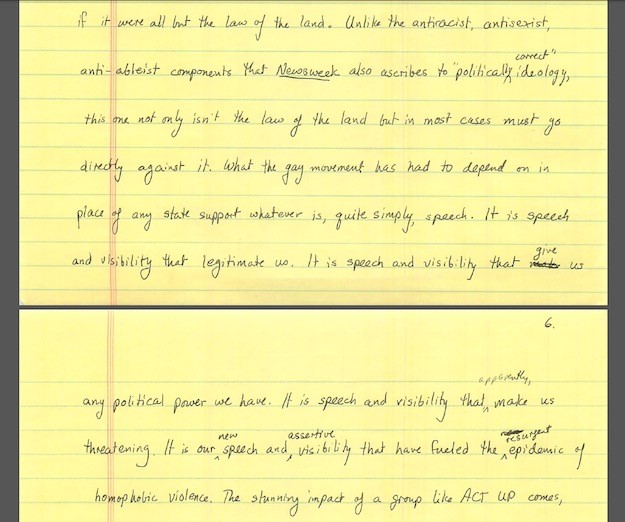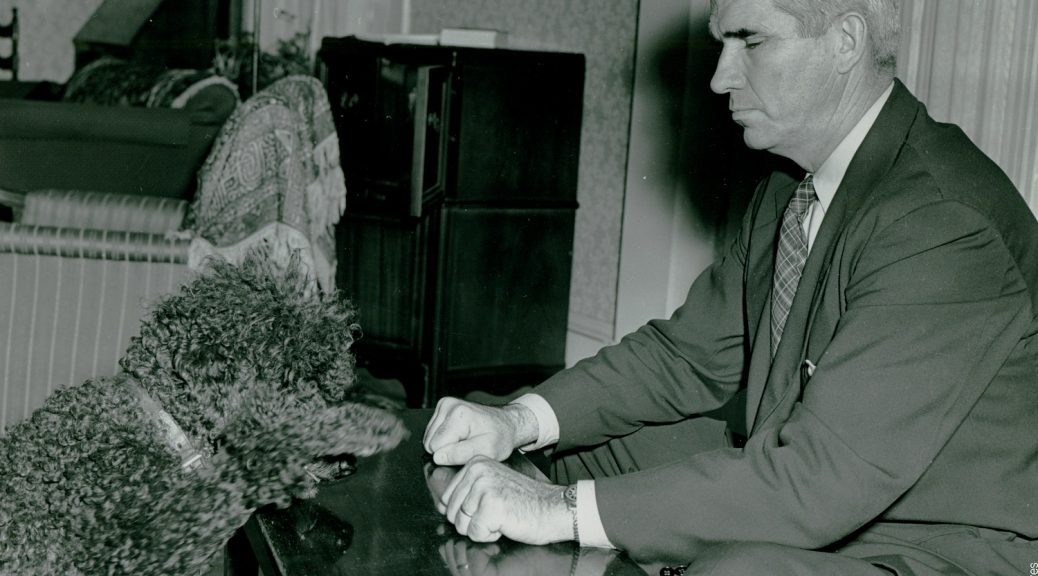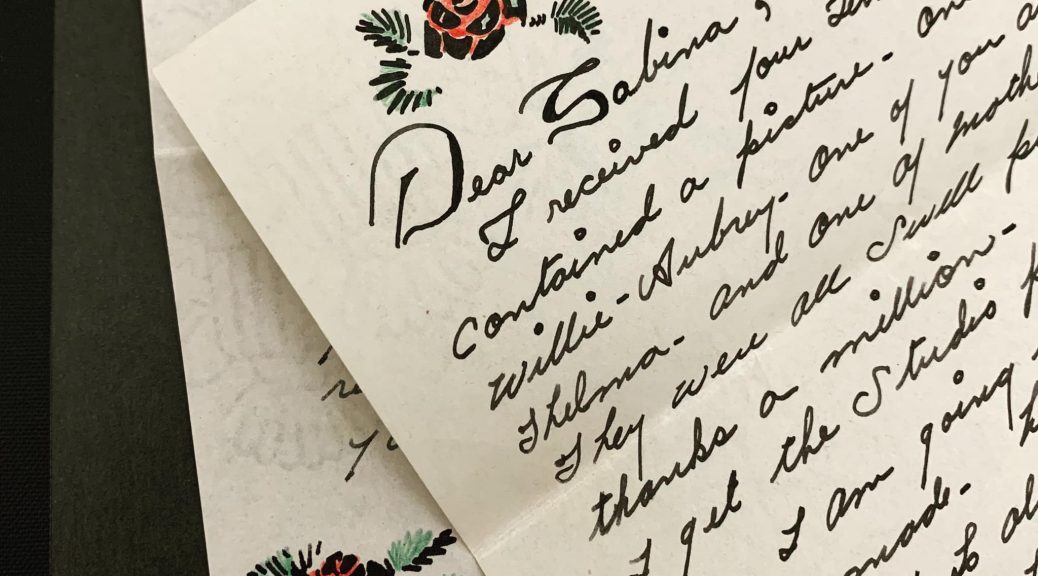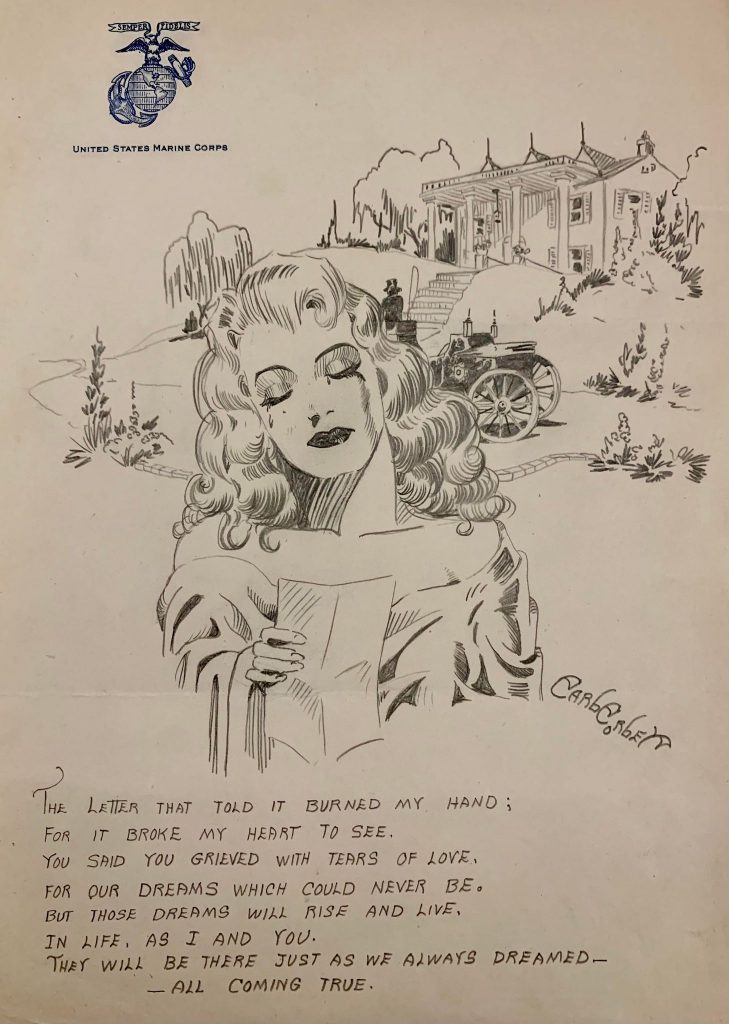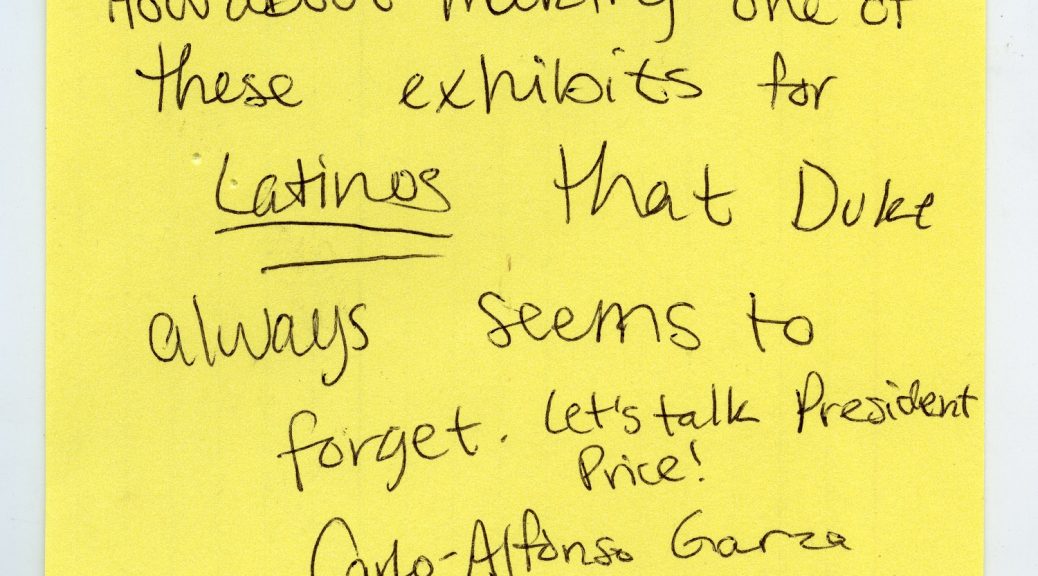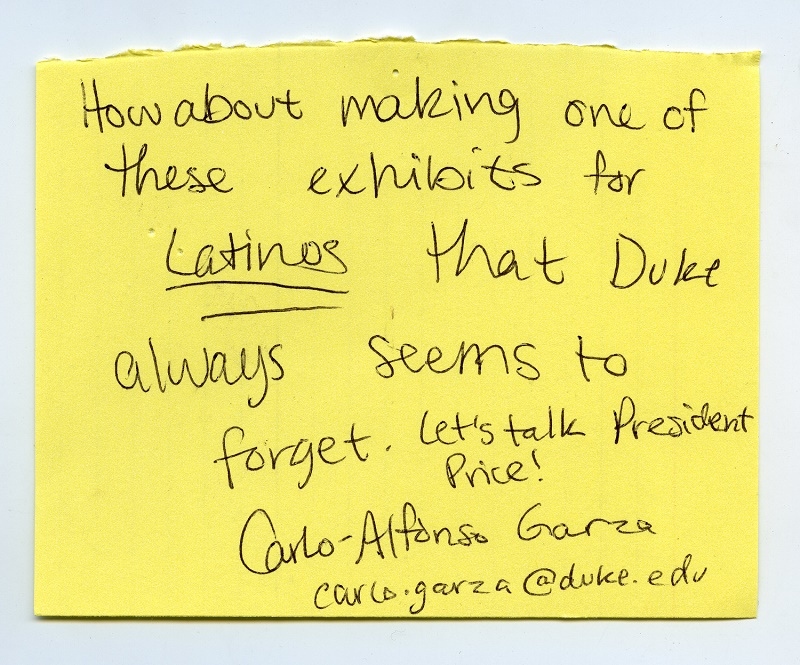Post contributed by Elliot Mamet, Ph.D. Candidate in Political Science at Duke and Archival Processing Intern at the Rubenstein Library.
The papers of Nick Meglin, longtime editor of MAD Magazine, are now available and open for research at the Rubenstein Library.
Meglin was affiliated with MAD Magazine for decades. As a newly-minted graduate of the School of Visual Arts, Meglin was hired at MAD Magazine in 1956. Over the course of his life he held various titles at MAD, including Idea Man, War Correspondent, Associate Editor, Tennis Editor, Co-Editor, and, upon his retirement in 2004, Contributing Editor. Meglin played a central role in shaping MAD’s editorial voice and recruiting artists to join the “Usual Gang of Idiots.”
The Nick Meglin Papers include extensive material which convey how MAD Magazine was edited and produced, such as layout art, ideas for features, inside jokes between editors, parodies, celebrity correspondence, and detailed accounts of the yearly MAD staff trips. One folder, “Horrifying Cliches,” includes “a freak accident,” “a flaming passion,” “a blessing in disguise,” “a gross understatement,” and “a bloodless coup,” among others.[1] Another folder, Typewritoons, chronicles a 1965 reader contest to generate cartoons from the script of a typewriter.[2]
Meglin’s creative pursuits expanded far beyond MAD Magazine, and the Nick Meglin Papers gives a sense of his enormous output. The collection includes Meglin’s illustrations, many of his essays, song lyrics, and two musicals he wrote, Tim and Scrooge and Grumpy Old Men. It also includes Nick’s greeting card ideas, some of which he sold, including “See, I didn’t forget the occasion!… only the date! Sorry I’m late…” and “happy birthday to the best looking, brightest, and most talented person in the world…me!”[3]
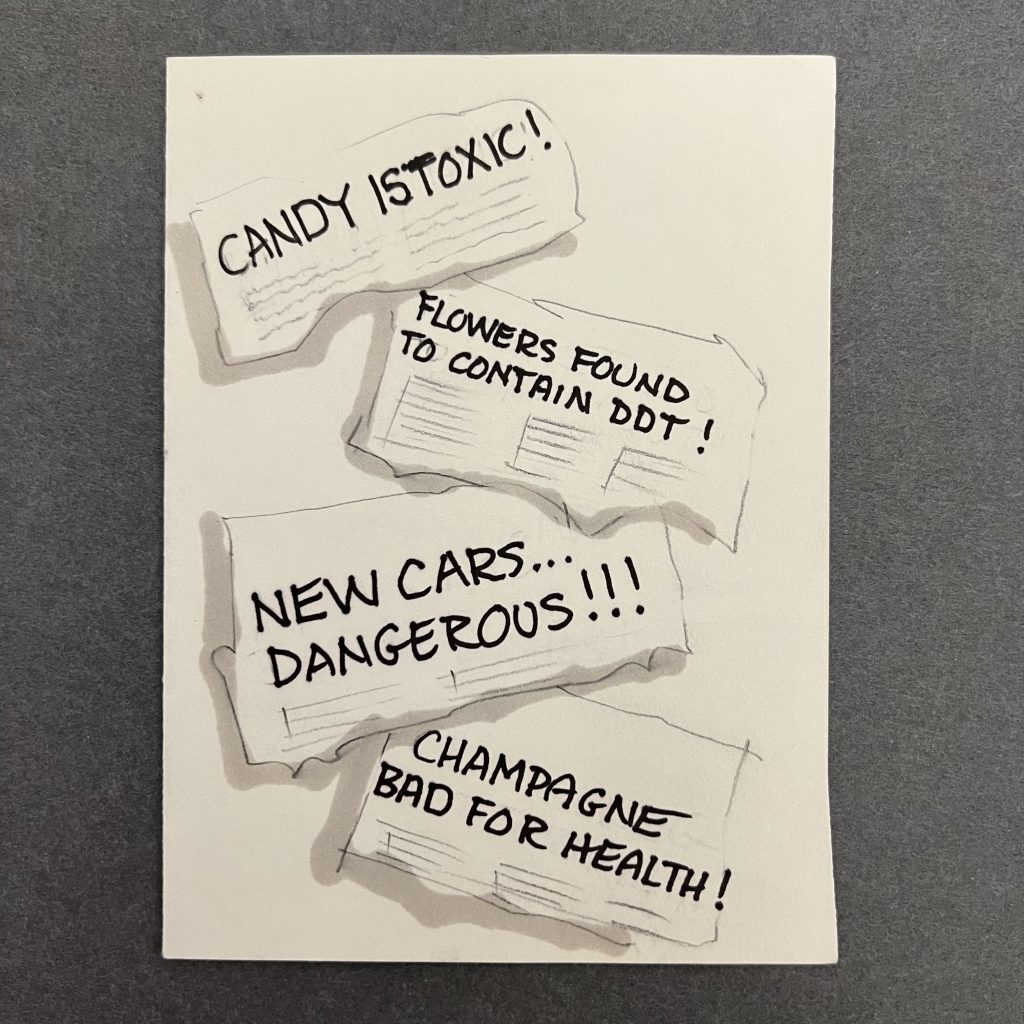

Upon his 2004 retirement, Meglin moved to Durham. While living here, he volunteered for WCPE, creating 84 original sketches of composers and musicians, he taught illustration, and he formed a “usual suspects” lunch club of fellow illustrators and creatives. It is exciting for researchers to be able to access the papers of Nick Meglin at the Rubenstein Library, and to learn more about the colorful life and career of Nick Meglin, who was an illustrator, cartoonist, art instructor, essayist, lyricist, writer of musicals – and always a humorist, too.
[1] Horrifying Cliches, 1971. Box 1, MAD Magazine Series, Editorial and Administrative Files Subseries. In the Nick Meglin Papers, David M. Rubenstein Rare Book & Manuscript Library, Duke University.
[2] Typewritoons. Box 2, MAD Magazine Series, Editorial and Administrative Files Subseries. In the Nick Meglin Papers, David M. Rubenstein Rare Book & Manuscript Library, Duke University.
[3] Greeting Card Ideas. Box 8, Other Professional Materials Series, Other Projects Subseries. In the Nick Meglin Papers, David M. Rubenstein Rare Book & Manuscript Library, Duke University.







